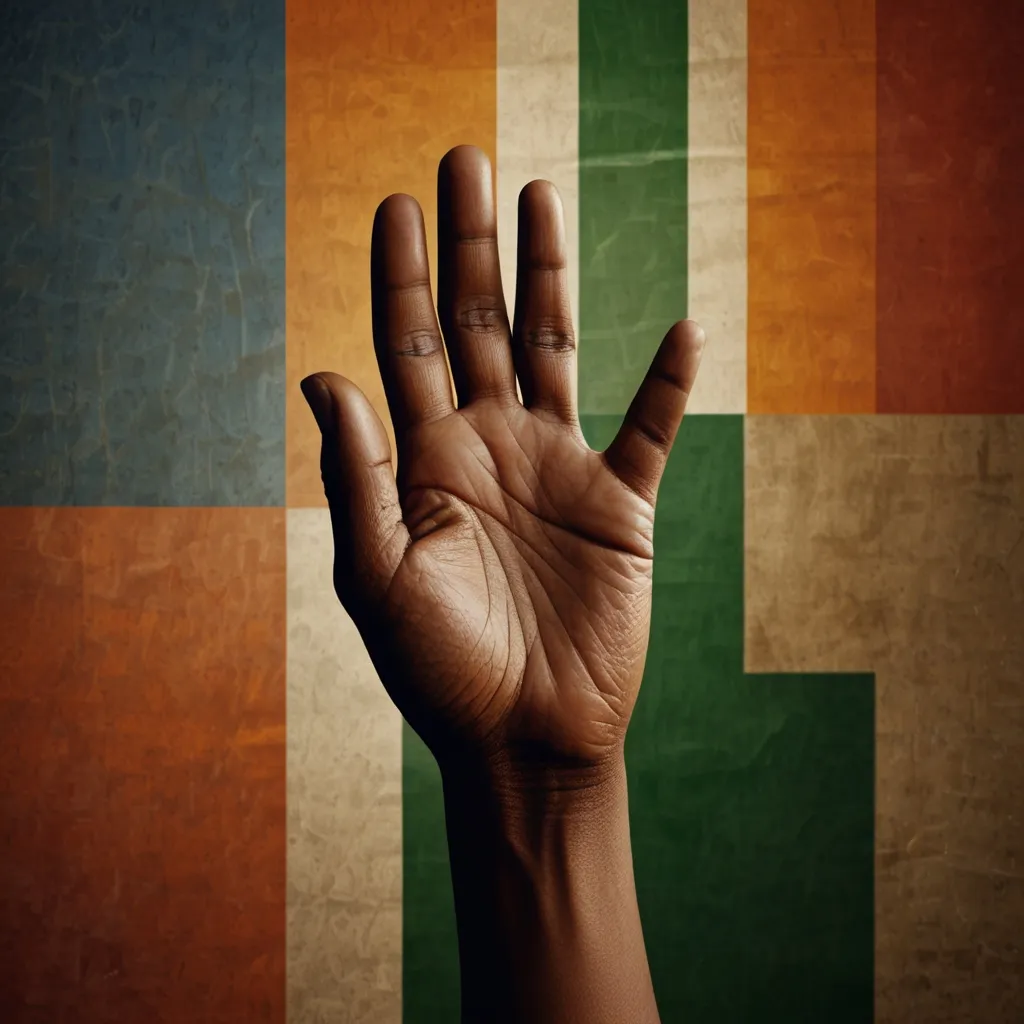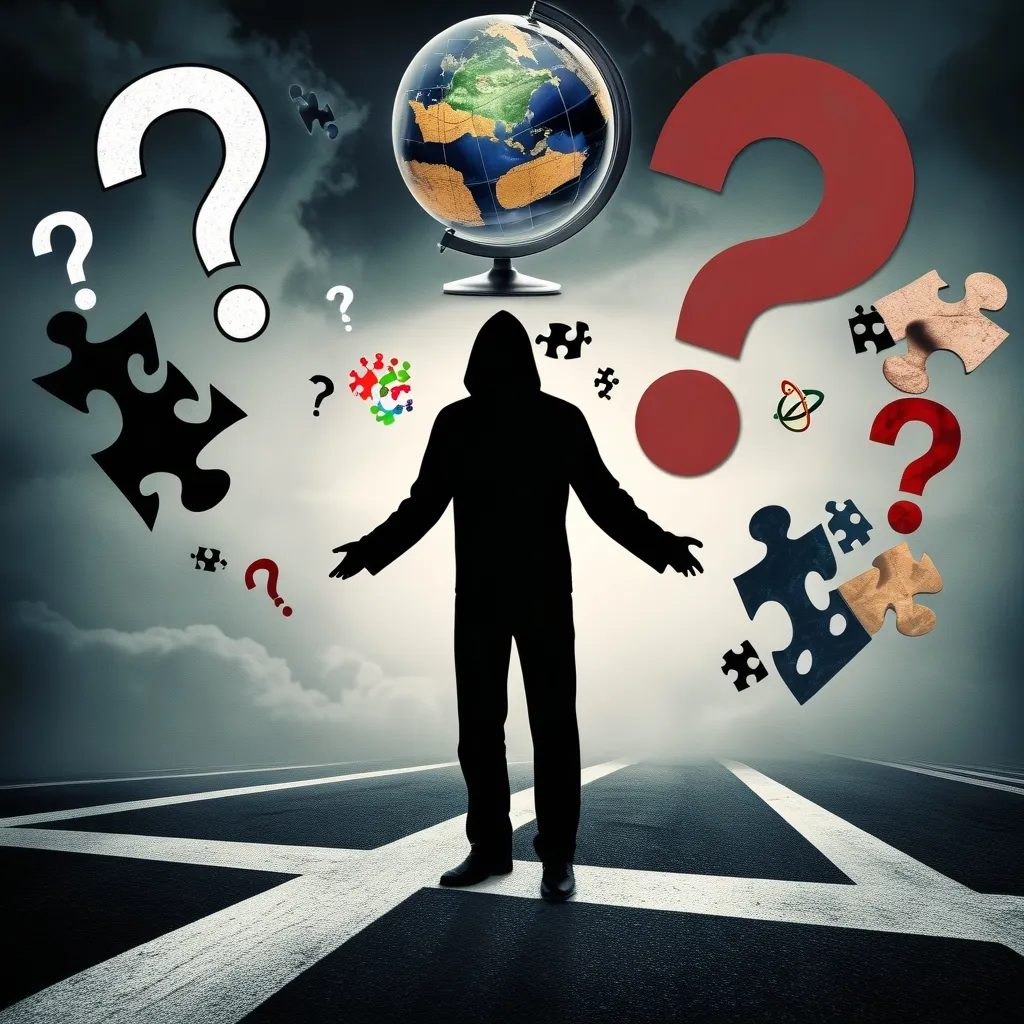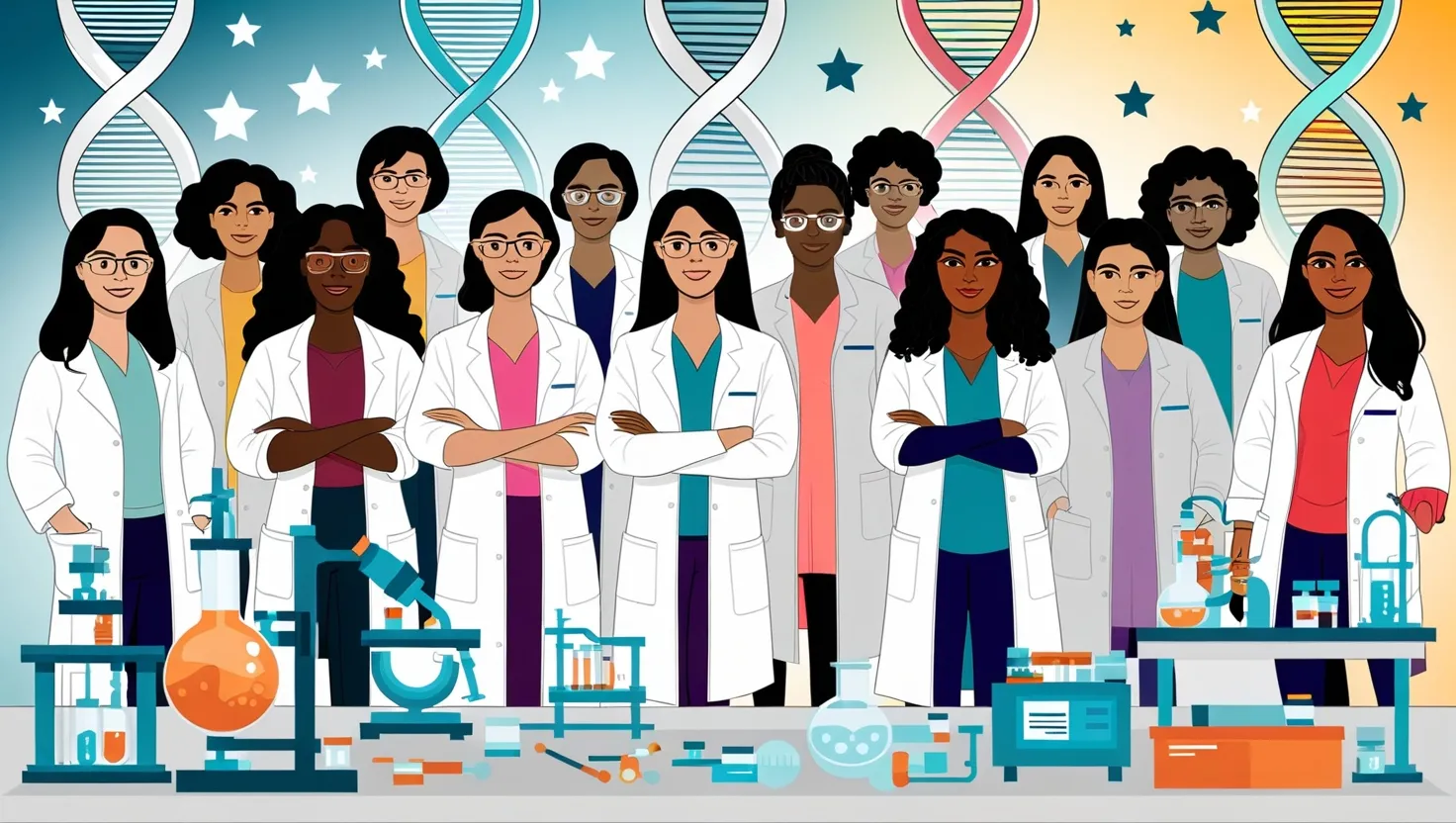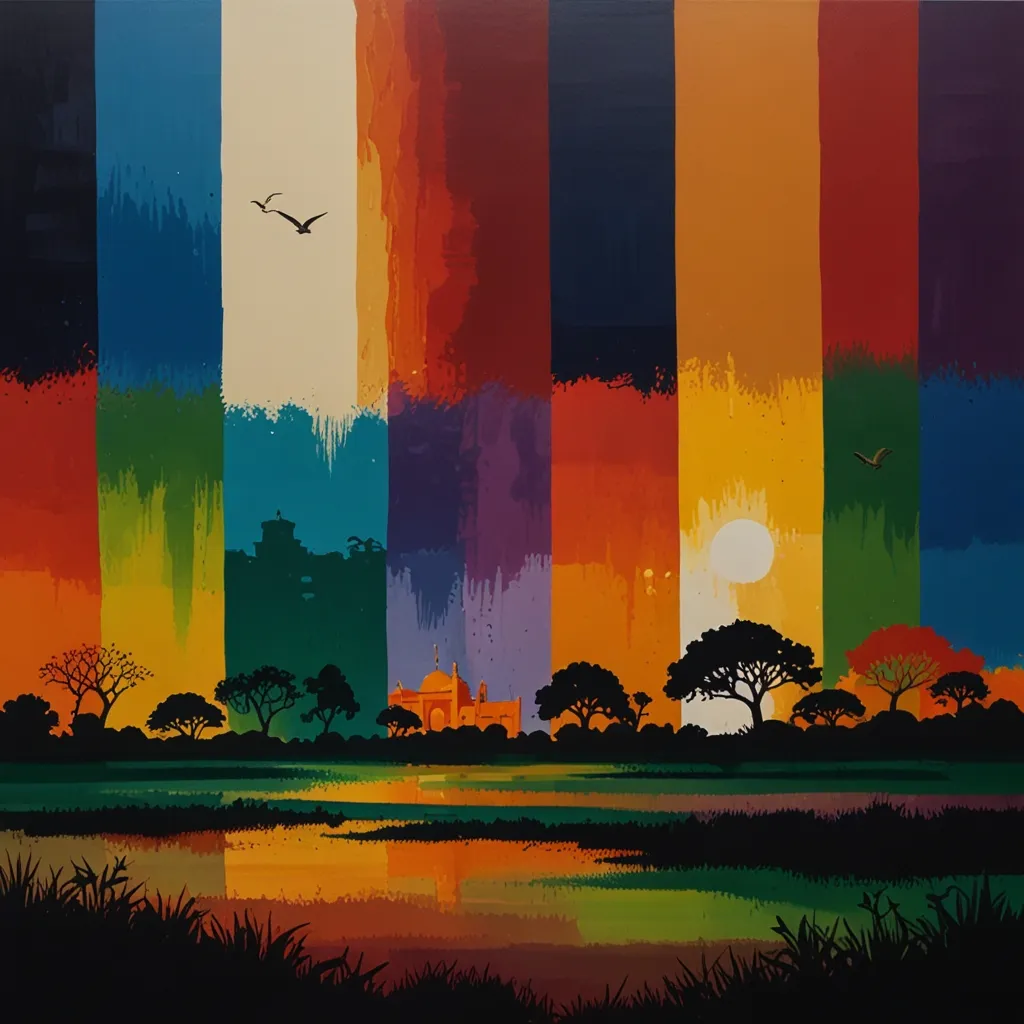India’s democracy is a colorful blend of countless political parties that shape its future and politics in their own unique ways. Let’s take a closer look at the key players in this dynamic game.
National Parties
National parties are big names on the political scene with a strong presence across the country. To get this status, a party must hit some milestones set by the Election Commission of India, like winning a specific number of seats or votes across different states.
One heavyweight is the Bharatiya Janata Party (BJP). Born in 1980, it has pushed the Hindutva agenda and found its main supporters among the higher castes, especially in northern India. The BJP’s leading coalition, the National Democratic Alliance (NDA), has secured major wins in the 2014, 2019, and 2024 Lok Sabha elections.
The Indian National Congress (INC) is another giant. Established in 1885, it has a storied past linked with India’s independence. Though its power has dipped lately, it still stands as a significant opposition force to the BJP, waving the flag of centrist ideology.
On the left side of the spectrum are the Communist Party of India (Marxist) (CPI(M)) and the Communist Party of India (CPI). Founded in 1964 and 1925 respectively, they promote leftist ideas with strong footholds in states like Kerala and West Bengal.
The Bahujan Samaj Party (BSP), formed in 1984, focuses on Dalit rights and enjoys solid support in states like Uttar Pradesh. The Nationalist Congress Party (NCP) and the All India Trinamool Congress (AITC), founded in 1999 and 1998 respectively, also hold significant sway in their regions.
State Recognized Parties
State parties might not have the national clout, but they’re powerhouses in their territories. Gaining recognition from the Election Commission means a party must perform well in state legislative assembly elections.
Examples include the Rashtriya Lok Dal and the Samajwadi Party, which zero in on regional issues and often team up with national giants to influence bigger political scenarios.
Unrecognized Parties
Unrecognized parties have a tough road with less publicity and legitimacy. Yet, over 2,700 of them exist, each contributing to local and regional politics in their way, no matter the hurdles.
The Role of Political Parties in Indian Democracy
Political parties are the backbone of India’s democracy. They offer a stage for different voices and ideas, making sure political conversations are inclusive and representative of India’s diverse population. The sheer number and variety of political parties fuel vibrant debates and policies, driving the nation forward.
In short, India’s political scene is a varied tapestry of national titans, state powerhouses, and countless smaller players. Together, they keep the democratic spirit alive and kicking, making the political landscape fascinatingly complex. Understanding these parties is key to grasping the full picture of Indian politics and its lively democracy.






